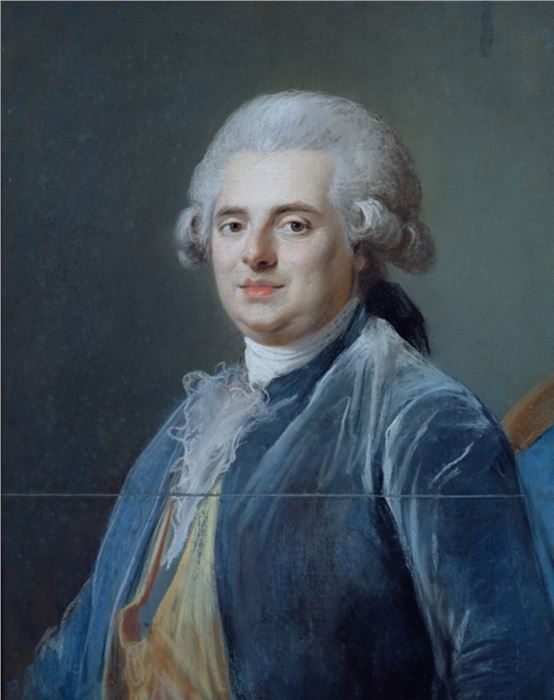 |
| Portrait of Madame Adélaïde |
Born in 1749, Adelaïde Labille-Guiard lived her entire life in Paris. As the daughter of a shopkeeper, she wasn’t immediately immersed into the art world via family ties. However, she grew up studying art with a family friend, miniaturist painter François-Elie Vincent. At the age of twenty, she married Louis Nicolas Guiard, a financial clerk, but decided to continue her artistic pursuits, later joining the Paris guild, Academié de Saint-Luc. Her decision to stay in the workforce rather than start a family bode well for her, as the couple were known to have an unhappy marriage. Over the course of the next few years, Labille-Guiard acquired new skills from pastelist Maurice Quentin de La Tour, ultimately deciding to show a miniature and pastel at the guild exhibition in 1774. With her growing success, she decided to join the studio of François-André Vincent, the academically trained history painter, portraitist, and Neoclassical pioneer, who also happened to be the son of her former teacher and family friend.Three years into their work together, in 1779, Labille-Guiard got divorced from her husband and dedicated her life to art. With the help of Vincent, she transitioned from pastels and miniatures to oil paints and full-size works, all the while continuing to show her art at exhibitions and Salons, and searching for opportunities to impact the art world in ways beneficial to women. It was during this time that she decided she wanted to share her skills with young women who had aspirations of becoming artists themselves. She accepted young women into her studio for training, and later became the first woman artist permitted to set up a studio for herself and her students in the Louvre. As an advocate for women’s inclusion, recognition, and respect in the arts, she was incredibly passionate about teaching and was responsible for the fame of otherwise unknown artists like Marie-Gabrielle Capet and Marie Marguerite Carreaux de Rosemond. (Read more.)
Share


















No comments:
Post a Comment